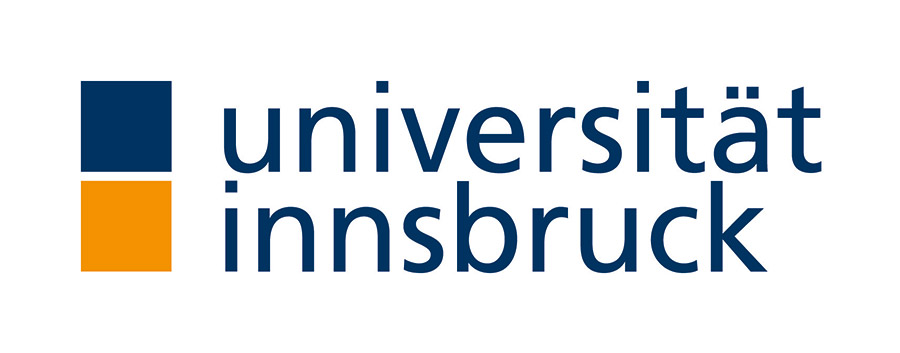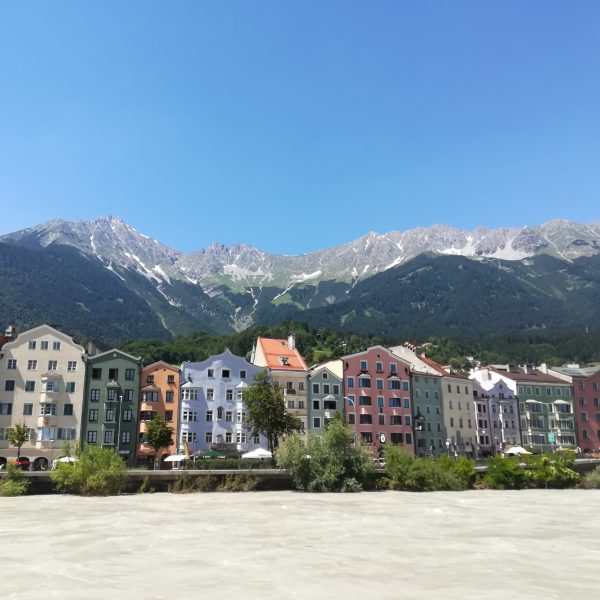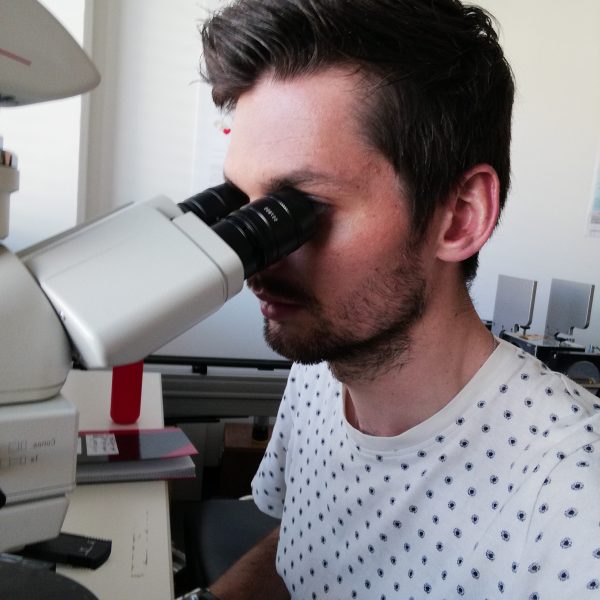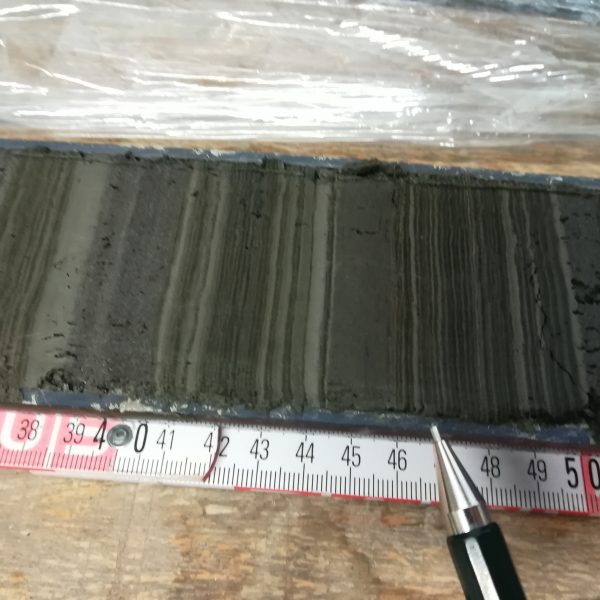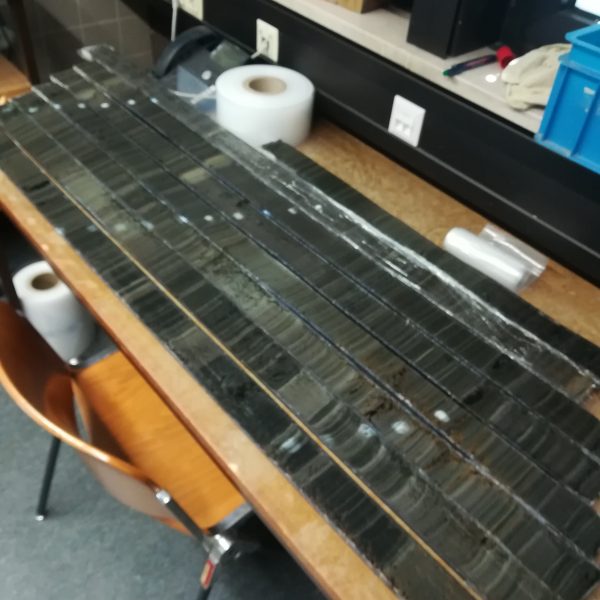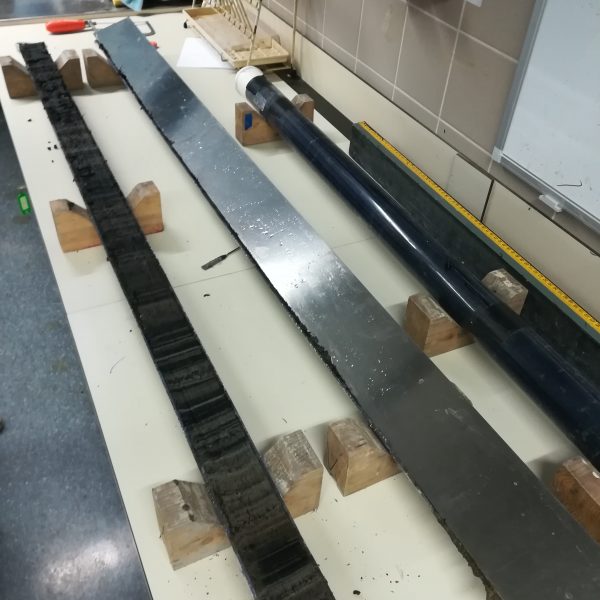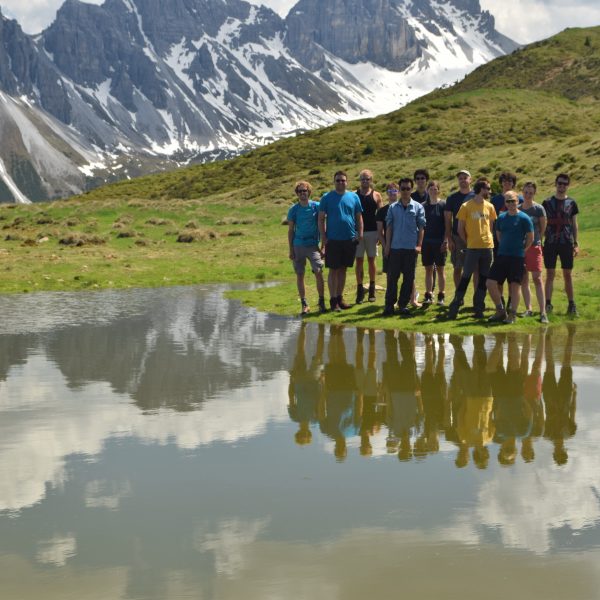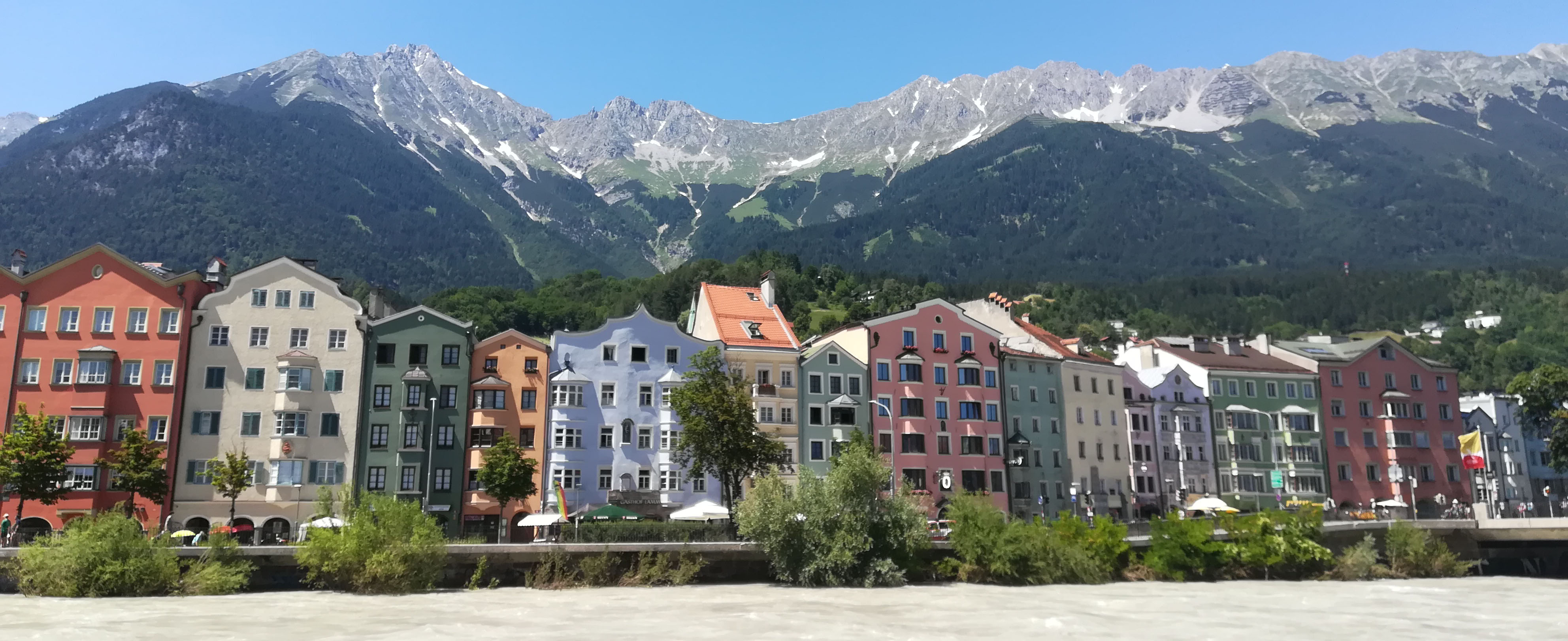
Maarten's secondment at the University of Innsbruck, Austria
Maarten Heijnen (ESR10) | @ Innsbruck, Austria (June - August 2018)
Wow! As soon as the airplane descended through the clouds there were mountains everywhere! This was a great start to my nine-weeks secondment at Innsbruck University. The scenery was so impressive that I was taking pictures as soon as I got out of the airplane, before walking into the arrivals hall at Innsbruck airport. After picking up my bags, I went to Maddalena’s house (ESR 15) who was on secondment in Bremen for the time I would be in Innsbruck, so that worked very well out logistically. Less socially. It was Saturday, after a day of settling in, experiencing the high supermarket prices, and exploring the old town of Innsbruck, my secondment could start on Monday morning.
I would spend my time in Innsbruck working on sediment cores retrieved from Millstaettersee, an Alpine lake in Carinthia, eastern Austria. These cores were to contain a very well preserved and detailed record of lake sediments, including different types of suspended sediment clouds flowing over the bottom of the lake. These flows are called turbidity currents and can be caused by submarine landslides, but also by other events, like river floods. The rest of my project also evolves around these flows, but than in fjords. The scientific purpose of this secondment is to see how these flow events are actually preserved on the bottom of a basin, which is currently not possible in the fjords, since we do not have good sediment cores in the main part of were the flows deposit their sediment (lobes). Furthermore, I would learn how to work with sediment cores, and how to analyse data obtained from them. Lastly, the secondment offered the opportunity to compare lacustrine settings with fjord settings. Prof. Michael Strasser (PI of ESR 15) and Dr. Jasper Moernaut hosted and supervised me during the secondment.
Unfortunately, the cores were collected well before I arrived in Innsbruck, so no fieldwork on an Alpine lake for me this time. Apart from the coring itself, I was involved in the complete process of working with sediment cores, which I had little experience with. Christoph Daxer, a PhD student in Innsbruck, showed me how to split cores, log them, measure their physical properties, and measure their chemistry (with the help of Steven Huang). I also learned how to take small samples from these cores and study their composition under the microscope, and measure the size of the sediment grains the cores are composed of (with the help of Marcel Ortler). One of the highlights was the beauty of these lacustrustrine cores, which have a fine layering in them that is caused by seasonal variations in the lake in them. These are called varves, and allow accurate dating of sediment, just like year rings in a tree. Another highlight was realising how much of the sediment in these cores was made up by microfossils called diatoms, they were a delight to study under the microscope. The variety in the shapes of diatoms and the networks they sometimes form is awesome! Also having the opportunity to work with the ITRAX XRF scanner was great. These machines blast X-Rays into the core, and can give data on the elemental composition of the sediment based on what rays they release back, at stunning resolutions (we used a resolution of 200 µm).
Apart from the science, I had enjoyed working in the group in Innsbruck. Being able to work with people outside of my own research group really expanded my perspective. I shared an office with other PhD students and MSc students from the group. I had various so called “Millstaetter meetings”, and we had group coffee every Monday where we discussed everything that was going on in the group. The planning of my secondment was especially good, as my second day happened to be the group’s yearly hike and barbecue. This was a great way to get to know the group and it made me feel very welcome!
Lastly, living in Innsbruck for a summer, was a great experience! I could work on my German, which got a bit rusty over the years. I enjoyed plenty of local specialities including schnitzels, strudels, apperol spritz, kaspressknödelsuppe, and much more. But the best thing of all was being in the mountains for the entire summer, which is very unusual for a Dutch person. I went hiking at least once a week. Especially so called “hiking club” that my Innsbruck colleague Jana initiated with me, was awesome!
Thanks for an amazing secondment Michi, Jasper, Steven, Christoph, Jana, Andrea, Domi, Patrick, Tobias, and Marcel!
Servus!

